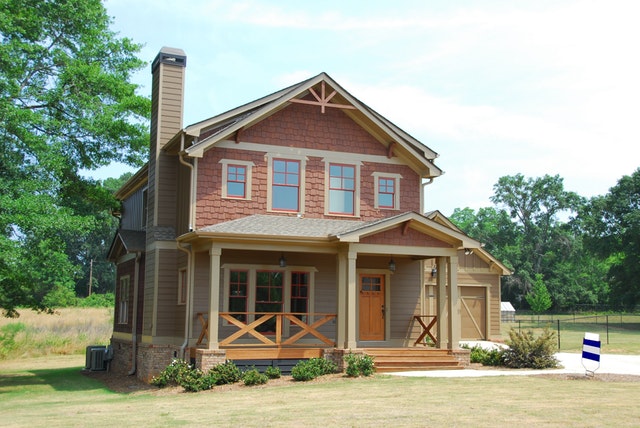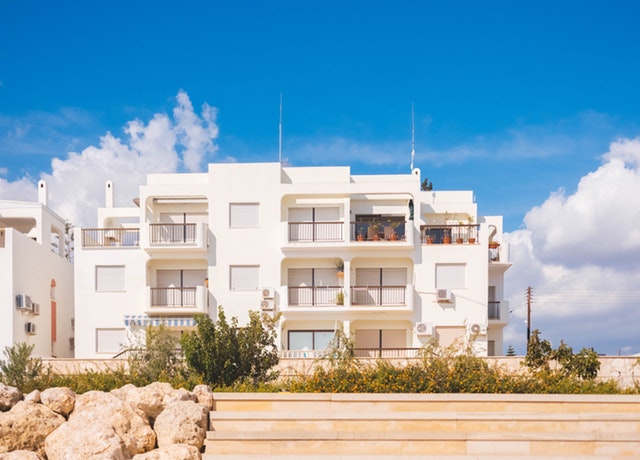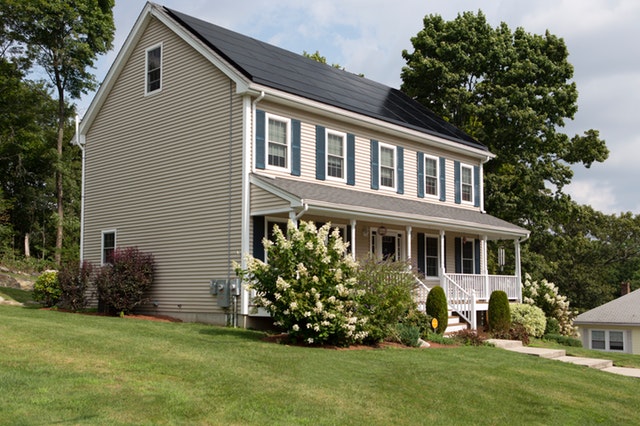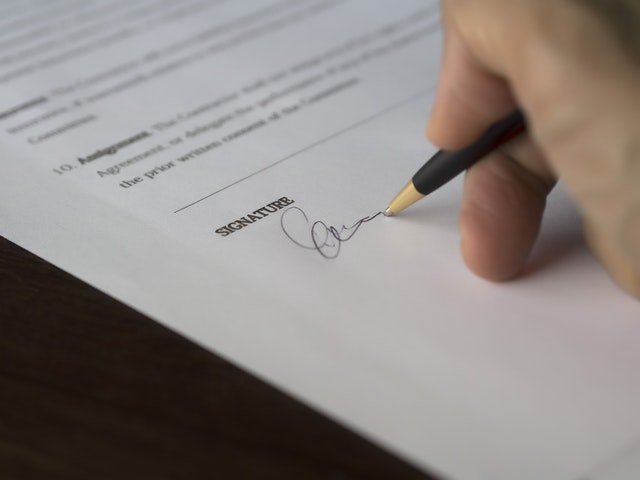Big Home Repairs That Can Sink A Budget Quickly
 For most individuals and families, their home is the most expensive investment they will ever purchase. Therefore, it is important for everyone to take care of their home. Routine maintenance can prevent costly repairs from arising down the road.
For most individuals and families, their home is the most expensive investment they will ever purchase. Therefore, it is important for everyone to take care of their home. Routine maintenance can prevent costly repairs from arising down the road.
It is important for homeowners to make sure they budget for home maintenance and repair costs. Even with a meticulous repair schedule, it is still possible that a major repair might be required. There are a few home repairs that are more expensive than others.
Damage To The Foundation Of The Home
One of the most expensive home repairs that might come up involves damage to the foundation. The foundation is the part of the home that supports the rest of the structure. Therefore, its strength is vital to the integrity of any building.
Depending on the exact nature of the project, repairing the foundation of a home may cost close to $100,00 if the building is large and the damage is severe. At a minimum, homeowners should expect to spend a few thousand dollars on a home foundation repair project.
Some of the most common reasons why a foundation might be damaged involve plumbing issues, clogged gutters, and flooding. Water can corrode the foundation and pool around the base, leading to damage. Therefore, the water system also needs to be addressed with any foundation repair.
A Roof Repair Can Be Costly
The roof is one of the most important barriers in the home. It separates the interior of the home from the dangers of the elements outside. Therefore, it is critical for the roof to remain intact. Roofs need to be inspected regularly.
If there is a problem with the roof, this may cost more than $10,000. Regularly inspecting the roof and making repairs and replacements as they come up can save a home’s budget.
Siding Repairs Are Expensive
Finally, water and wind can damage the siding of a home. Furthermore, insects and other pests can also lead to siding repairs. Repairing a single piece of siding isn’t costly; however, if the entire siding needs to be replaced, this may cost more than $15,000. The exact nature of the cost is going to depend on the materials chosen.
If you are in the market for a new home or interested in refinancing your current property, be sure to contact your trusted home mortgage professional.

 There are many individuals who end up on a fixed income once they reach a certain age; however, their expenses aren’t always fixed. Sometimes, there is a large medical expense. In other cases, someone might need money for a new car or a home repair. In the event that someone needs cash quickly, one option is called a reverse mortgage.
There are many individuals who end up on a fixed income once they reach a certain age; however, their expenses aren’t always fixed. Sometimes, there is a large medical expense. In other cases, someone might need money for a new car or a home repair. In the event that someone needs cash quickly, one option is called a reverse mortgage. Investing in real estate is a great way for someone to diversify his or her assets; however, there is a common hurdle that almost all real estate investors face. This comes in the form of a down payment.
Investing in real estate is a great way for someone to diversify his or her assets; however, there is a common hurdle that almost all real estate investors face. This comes in the form of a down payment.  Many individuals and families are looking for ways to reduce their energy consumption. Running the heater during the winter and the air conditioner during the summer can have significant impacts on someone’s energy consumption and costs. It should come as no surprise that many people are trying to reduce their HVAC usage to save money; however, there is a better way.
Many individuals and families are looking for ways to reduce their energy consumption. Running the heater during the winter and the air conditioner during the summer can have significant impacts on someone’s energy consumption and costs. It should come as no surprise that many people are trying to reduce their HVAC usage to save money; however, there is a better way. It can be hard to convince a lender that a young person is ready to buy a house. There may not be a long credit history, a lack of assets might make it hard to fund a down payment, and the buyer’s age can cause banks to hesitate. One of the ways for parents to help with this process is to co-sign on the mortgage. Before doing this, there are a few important steps to keep in mind.
It can be hard to convince a lender that a young person is ready to buy a house. There may not be a long credit history, a lack of assets might make it hard to fund a down payment, and the buyer’s age can cause banks to hesitate. One of the ways for parents to help with this process is to co-sign on the mortgage. Before doing this, there are a few important steps to keep in mind.